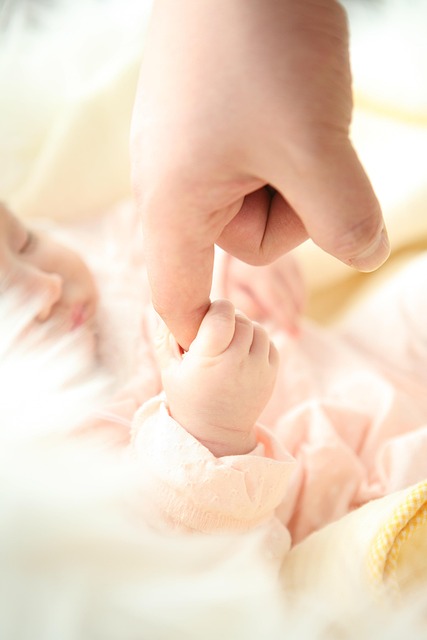Every infant is unique, yet there exists a general timeline for developmental milestones. Assuming your baby is progressing at an average rate, here are key milestones to monitor:
Smiling
Around two months, you should begin to see your baby intentionally smile back at you. This is a joyful moment, confirming it’s not merely gas! Engaging in talking and smiling with your baby can promote more frequent smiles.
Rolling Over
By three months, keep an eye out for your little one beginning to roll over. This typically occurs between four to six months, but many babies show this skill as early as three months. You may be surprised by your baby’s newfound mobility at the most unexpected times.
Teething
Teething may commence as early as three months. While drooling and crankiness are common indicators, if your baby seems unusually fussy and is producing excess saliva, it’s likely that a tooth is on the verge of breaking through.
Sleeping Through the Night
This milestone varies significantly depending on personal definitions. Generally, by four months, babies should be able to sleep for approximately six hours. If your baby isn’t sleeping for six to eight hours by six to eight months, it may be wise to reassess your bedtime routine or consult your pediatrician, especially if you suspect colic or digestive issues.
Starting Solids
Between four and six months, your baby should begin to exhibit interest in your food, signaling readiness to try solid foods. Understand that babies may need several introductions to a new food before they accept it, so patience is essential as you both navigate these new tastes and textures.
Crawling
Expect your baby to begin crawling between six to nine months. Some may start scooting or performing a belly crawl even earlier. Encouraging tummy time will support their mobility development.
Sitting Unsupported
While babies can typically sit up with support around six months, it usually takes until about eight months for them to sit independently.
Clapping, Kissing, Waving
As your baby reaches the sitting milestone (between six and nine months), they will start to engage socially by clapping, blowing kisses, and waving. Imitation is a powerful tool during this phase; encourage these actions by demonstrating them yourself.
Grabbing and Holding
Babies often begin reaching for objects early on, but by around six months, they can usually grasp them with both hands. By eight months, they will develop finer motor skills, allowing them to pinch and pick up items. This is an excellent time to introduce finger foods, but be prepared for everything to end up in their mouth!
Pulling Up and Standing
By eight months, your baby will likely attempt to pull themselves up, though some may take a bit longer, especially if they started crawling later. By twelve months, they should demonstrate signs of pulling up consistently. It’s normal for them to fall down a lot during this learning phase, so ensure your home is child-proofed for safety.
Cruising and Walking
Around nine months, babies often begin to cruise along furniture while holding on for support. Within a few weeks to a few months, many will take their first unaided steps, typically walking without assistance between twelve and fifteen months.
Talking
Between three and four months, your baby will start cooing, followed by babbling sounds. By four to six months, you may hear approximations of words like “mama” and “dada.” By nine months, some words may become clearer, such as “no” and “bye-bye,” although their meanings might not yet be understood. Expect a significant vocabulary increase between twelve and fifteen months, even if you can’t always decipher what they’re saying.
For premature infants, milestones are assessed differently. Premature babies are evaluated based on two ages: chronological age (from birth date) and corrected age (from due date). Development should be measured against the corrected age.
For additional information on artificial insemination and related topics, check out our post on the home insemination kit.
In conclusion, understanding these developmental milestones can help you track your baby’s growth and progress. For more insights into home insemination, consider the home intracervical insemination syringe kit combo. For a deeper dive into the insemination process, the Mayo Clinic serves as an excellent resource.
Keyphrase: Baby Development Milestones
Tags: [“home insemination kit” “home insemination syringe” “self insemination”]
